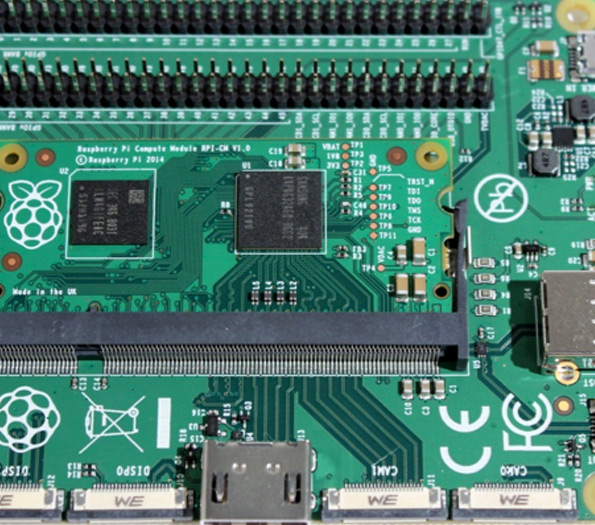

Reflective Gray Glass A Contemporary Design Element
In the realm of modern architecture and interior design, materials play a pivotal role in shaping the aesthetics and functionality of spaces. Among the myriad materials available, reflective gray glass has emerged as a distinctive choice that marries elegance with practicality. This article delves into the characteristics, applications, and benefits of reflective gray glass, inviting readers to appreciate its versatility in both residential and commercial settings.
Characteristics of Reflective Gray Glass
Reflective gray glass, as the name suggests, possesses a unique gray hue that offers a sophisticated gradient from opaque to transparent. Its reflective quality stems from a thin metallic coating applied to one side, enabling it to mirror its surroundings. This characteristic not only adds depth to the glass but also enhances privacy without completely sacrificing natural light. The glass creates a sense of openness, making spaces feel larger and more airy while subtly obscuring the view from the outside.
One of the most appealing aspects of reflective gray glass is its aesthetic versatility. Whether used in sleek urban apartments, expansive office buildings, or quaint residential homes, this material complements various design styles—from contemporary minimalism to industrial chic. Its cool gray tone pairs seamlessly with both warm and cool color palettes, making it an ideal choice for designers aiming to create harmonious interiors.
Applications in Architecture and Interior Design
Reflective gray glass is widely employed in various architectural and design applications. Facades of modern buildings often utilize large panels of this glass to achieve a striking visual impact. The reflective surface not only enhances the building's exterior but also captures the changing sky and surrounding environment, creating a dynamic interplay of light and shadow throughout the day. Moreover, reflective gray glass can be engineered to meet energy-efficient standards, contributing to sustainable architecture by reducing solar heat gain and improving insulation.
Internally, reflective gray glass finds its way into partitions, doors, and even furniture pieces such as tabletops and shelving units. Its application in interior design promotes a seamless flow of light while providing necessary divisions between spaces. For instance, in open-plan offices, reflective gray glass can be used to create quiet workspaces or meeting areas without completely blocking off the overall openness of the environment.

In residential settings, reflective gray glass can be utilized in a variety of ways. From sleek kitchen backsplashes to luxurious bathroom mirrors, the material adapts to different functions while maintaining a cohesive look. Homeowners often appreciate how reflective gray glass can elevate the ambiance of a room, providing a modern touch without overwhelming the existing decor.
Benefits of Using Reflective Gray Glass
The benefits of incorporating reflective gray glass into design projects are manifold. Firstly, its ability to reflect ambient light can significantly enhance the brightness of interiors, reducing the need for artificial lighting during the day. This not only improves the overall atmosphere of a space but can also lead to energy savings.
Secondly, reflective gray glass offers unparalleled privacy. Its reflective surface effectively conceals interior activities from prying eyes, making it an ideal choice for spaces where discretion is paramount, such as offices, conference rooms, or even residential bedrooms overlooking busy streets.
Moreover, this type of glass is known for its durability and low maintenance requirements. Unlike traditional glass, which can require frequent cleaning to maintain its clarity, reflective gray glass tends to be less susceptible to showing fingerprints and smudges, resulting in a more consistently clean appearance.
Conclusion
Reflective gray glass stands as a modern design solution that combines beauty, functionality, and sustainability. Its reflective properties create visually stunning environments while simultaneously serving practical needs, such as privacy and energy efficiency. As architects and designers continue to seek innovative materials that meet the demands of contemporary living, reflective gray glass is poised to remain a popular choice, transforming spaces into captivating and inviting experiences. Embracing this versatile material is not merely an aesthetic decision; it is an investment in the future of design, one that recognizes the importance of creating spaces that balance beauty and functionality seamlessly.